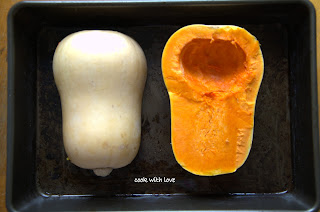Darjeeling Chai
I am sipping on my morning cuppa as I write this.
Tea is an indispensable aspect of any Indian household as much as it is in most parts of the world. But chai is somewhat of a different deal - especially when winter comes in, the warmth of spices takes the daily chai to a whole new level.
Ask any Indian, and they will leap at the thought of having freshly brewed steaming cups of tea on the street stalls of India on a chilly day. And simple cardamom and clove-studded or lemon flavoured chai take it up one more notch.
I like all kinds of tea but prefer the decaf ones. But yes, I love my tea. More precisely, I need a strong, slightly sweet cup to get me out of bed on any snowy Chicago winter mornings. I usually bend towards mint or chamomile tea for evenings but, I can vouch for most Indians needing tea for more than twice a day. It was such an integral part of my life that I decided to lookup more on chai:
By itself, chai or cha is merely the generic word for ‘tea’ in many European and Asian languages. The English dictionary refers to ordinary tea as ‘tea’ & the word chai has become a ubiquitous beverage throughout South Asia and is also sometimes called ‘masala chai’.
I did some more research to find out the history of chai or tea. The word Cha comes from the Cantonese word chàh. Interestingly this word is also used in the Portuguese language, and it spread to India in the 16th century. The widespread word chai actually comes from the Persian word chay, which again was derived from the Mandarin word cha and eventually got passed on to Central Asia. The Oxford English dictionary now has all three word - cha, attested from the 16th century, tea from the 17th century and chai from the 20th.
A lot of people have asked me about chai and how it is different from all other types of tea. So in my last visit to India, I decided to make a trip to Darjeeling, the Himalayan city in the Indian state of West Bengal and the second largest tea producing region in the world.
But I was surprised to see that tea is not all that Darjeeling has to offer to us. The fresh herbs and spices like cardamom, cloves and cinnamon that grows in the hills make their way into every home kitchen in Darjeeling and are exported to other countries. It's such an earthly feeling to go around the Mall smelling the freshly plucked spices and freshly brewed tea. But back to my chai...
I, for one, don’t go by the packaged masala tea powders - it really doesn't do justice to a good brew. Although I usually like regular black tea in general, I do like different types of masala tea.
Someday I like it more gingery, on some days I want fennels seeds and yet on other days, I want the sweetness of cardamom and at other times I want it all.




Comments
Post a Comment